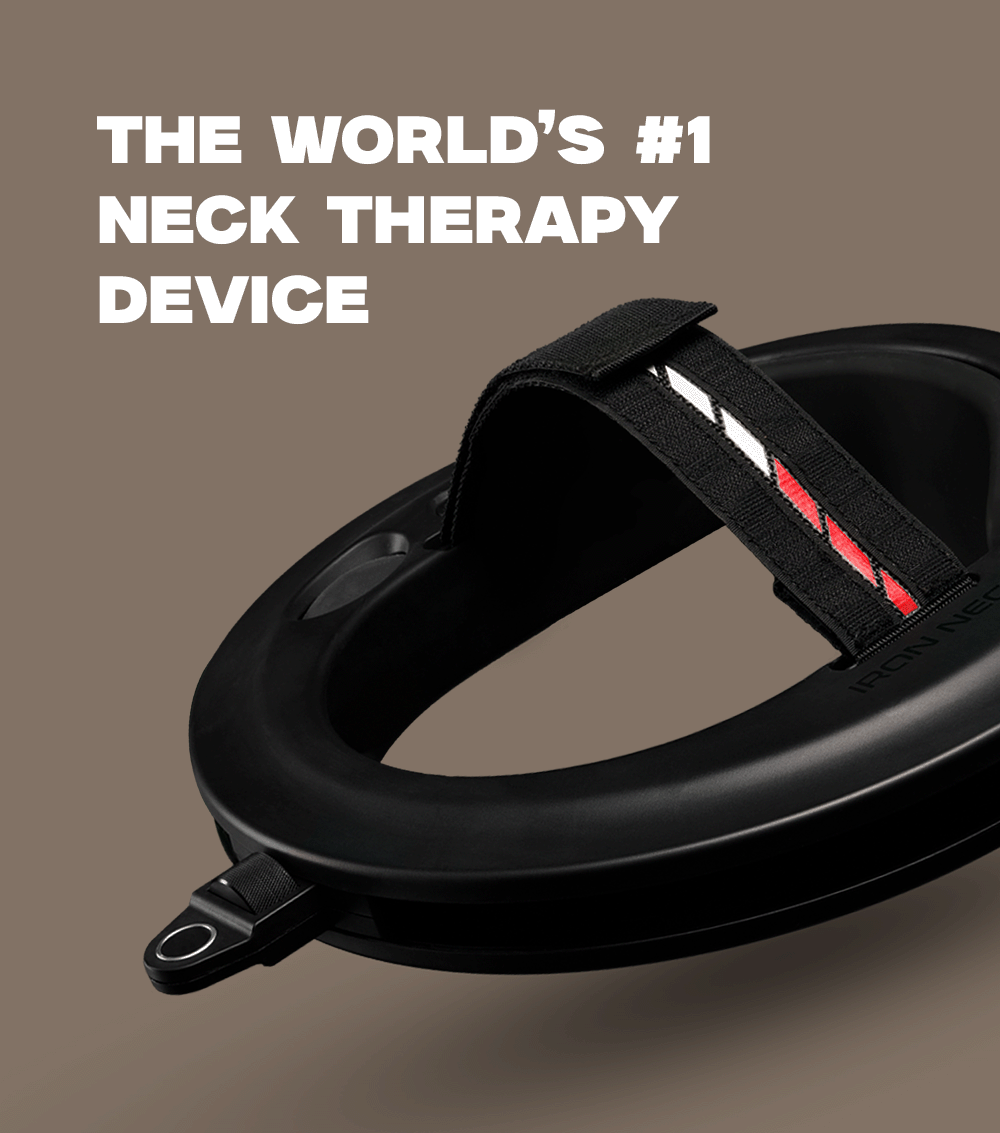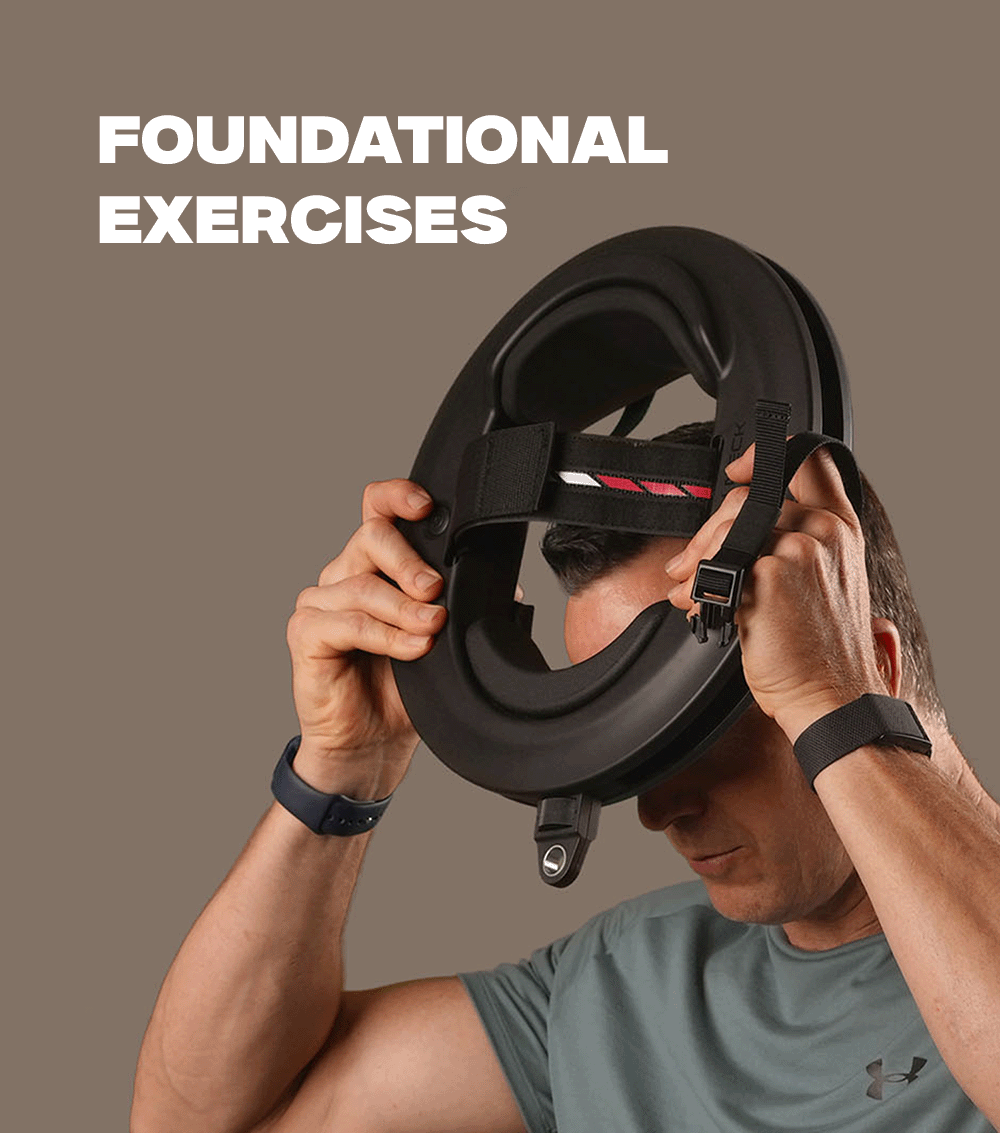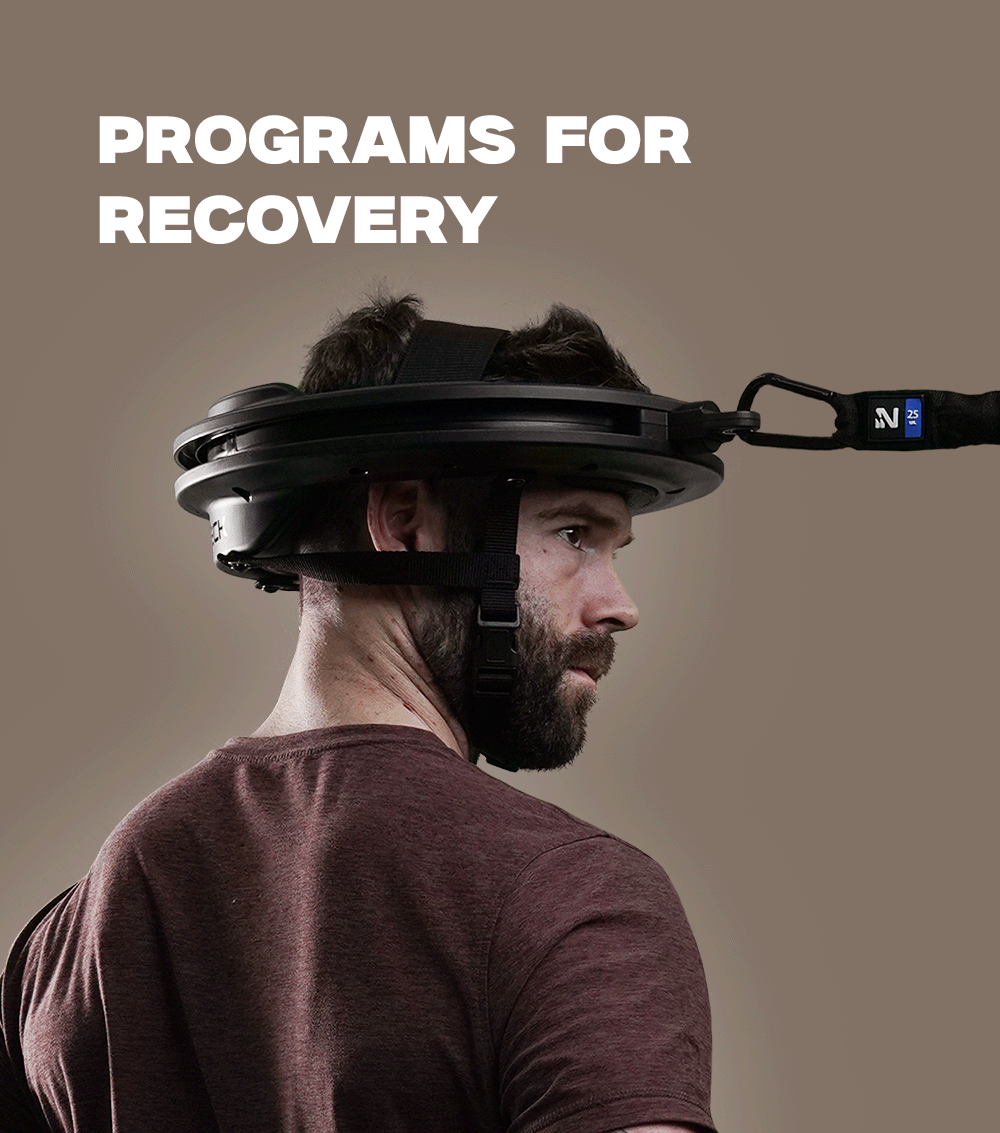Neck pain is one of the most difficult types of pain to manage, albeit seeming minor in comparison to other kinds of pain. For one, you move your head more often than you think, and pain is likely going to follow every little movement you make. It’s hard to do anything without moving your head–so unless you want to wear a neck brace, you’re going to have to learn how to manage pain effectively.
Many people believe that following a certain diet can help relieve and prevent neck pain. But is there any truth to this? That is what you will discover in this short article. Today, we will explain if you can eat certain food for neck pain relief–and if so, what those foods are. Plus, we will go over some of the best lifestyle changes to help eliminate pain and tension in your neck, so stay tuned until the very end!
Can You Eat Certain Food For Neck Pain Relief?
Science has long since proven that eating certain types of food cannot magically make the pain go away. However, making small changes to your diet can help prevent chronic neck pain, back pain, and other sorts of bodily pain–chronic or otherwise.
Our body produces free radicals as part of its normal metabolic process. Free radicals are highly reactive atoms or molecules that have unpaired electrons, which look for electrons from nearby molecules. When there are too many free radicals stealing electrons, an imbalance occurs–also known as oxidative stress. This is what contributes to chronic inflammation, leading to pain.
Certain foods contain higher amounts of antioxidants than others. These antioxidants have the ability to donate an electron to a free radical while remaining stable. It is believed that the more antioxidants you have in your body to neutralize free radicals, the less inflammation there is. Therefore, eating antioxidant-rich, anti-inflammatory foods can be an effective way to manage pain.
How Does Diet Affect Pain & Inflammation?
To better understand how diet can affect neck pain and inflammation, we must look a bit deeper into how the neck works.
The neck consists of 7 vertebrae with shock-absorbing cushions called disks separating each other. This part of your spinal cord requires support from the muscles, tendons, and nerves that make up the rest of the spine’s interconnected system. Hence, even a small amount of inflammation in this area can lead to pain in your neck.
Food is one of the common sources of inflammation, although it may not be the only factor contributing to your pain. Certain foods cause an inflammatory response in the body and worsen–if not cause–pain. Examples include refined carbohydrates (pastries, white bread, white flour), fried foods, soda, and processed meat. These foods are also known to lead to other serious health risks, such as obesity and heart disease.
Anti-inflammatory foods, on the other hand, are either foods that contain a lot of antioxidants or cause little to no inflammation. They have the power to stop free radicals in their tracks. We will talk more about foods that fight inflammation in the next section.
All that said, eating a diet full of inflammatory foods can increase your risk of chronic disease as well as make your pain worse. So, if you want your diet to contribute to pain relief instead, it is important to eat foods that contain high amounts of antioxidants.
What Are The Best Types of Food For Neck Pain Relief?
Following an anti-inflammatory diet is one of the best ways to relieve pain in your neck as well as other parts of your body. Keep in mind - you must still address the root cause of your neck pain if you haven’t done so yet. You won’t be able to “diet away” a serious injury. However, this is a great start.
To reduce inflammation and improve your overall health, here are the best types of food for neck and shoulder pain relief:
Fruits and Vegetables
Try to eat at least one serving of vegetables per meal and two servings of fruit a day. Fruits and vegetables are rich in anti-inflammatory antioxidants, vitamins, and minerals. Plus, they contain lots of fiber, which is good for your digestive system.
Omega-3 Fatty Acids
These acids can help reduce the inflammatory chemicals in your body. Foods rich in omega-3 fatty acids include salmon, mackerel, sardines, walnuts, leafy green vegetables, and flax seeds. Taking fish oil supplements can also be a great alternative if you don’t like fish.
Healthy Fats
Unsaturated fats cause less inflammation in the body compared to saturated fats, so try to aim for fat sources like olive oil, almonds, fatty fish, and flaxseed. At the same time, avoid fats from margarine, butter, cheese, and lard–these foods contain high amounts of saturated fat.
Lean and White Meats
Red meats and processed meats are high in saturated fat and can easily increase inflammation in the body. Instead of red meats (beef, lamb, pork) and processed meats (sausages, ham, bacon), opt for lean cuts, chicken, and turkey.
Whole Grains
As we’ve said before, refined carbohydrates are common inflammatory food. That said, try to limit your consumption of refined carbs and instead eat more whole-grain options of bread, pasta, oatmeal, and brown rice.
Legumes
Beans, nuts, and lentils are great alternative protein sources and are also high in antioxidants. They also make a great substitute for meat if you are a vegetarian or vegan.
Other Lifestyle Changes To Help Eliminate Neck Pain & Tension
Like we said - your diet is just one aspect to consider if you’re looking to live a healthier, more pain free lifestyle. Eating food for neck pain relief is not the only effective way to reduce your discomfort. Here are other strategies that can help reduce, treat, or even prevent neck pain:
Fix Your Posture
When your spine is not in the correct alignment, pressure and tension can build up in certain parts of your body, particularly your back and neck. That said, one of the best ways to prevent and reduce pain in your neck is to maintain proper posture.
An important thing to remember is to keep your head in line with your shoulders. As much as possible, avoid hunching or leaning your head forward for long periods of time (e.g. while driving, working at a computer, using your phone, etc.). Doing this habitually can lead to neck and shoulder pain. In worse cases, it can even lead to forward head syndrome.
If you’re having trouble fixing your posture, here’s an article on neck posture exercises to help you get started.
Stretch & Strengthen The Neck
The neck is just like any other part of the body; it contains muscles that can be exercised and stretched to improve strength and flexibility. And if your neck is stronger and more flexible, it is less susceptible to the pains and aches that a weaker neck would be more likely to endure. More than that, a stronger neck will also be more resistant to injury.
To build a stronger neck, incorporate neck training in your exercise routine. Neck training involves specific exercises that are designed to enhance the strength, stability, and range of motion of your neck. If you want to start training your neck, you can do so without any equipment. But if you want to maximize every workout, it is highly recommended to use neck training equipment.
Final Thoughts On Food For Neck and Shoulder Pain
As you can see, the foods we eat can have a very big impact on our lives. So, if you want to address the major cause of your neck and shoulder pain, it’s time to make some much-needed changes to your diet. Eat more fruits and vegetables, limit your red meats, find healthier sources of fat–and soon enough, you will start noticing the fruit of your efforts.






